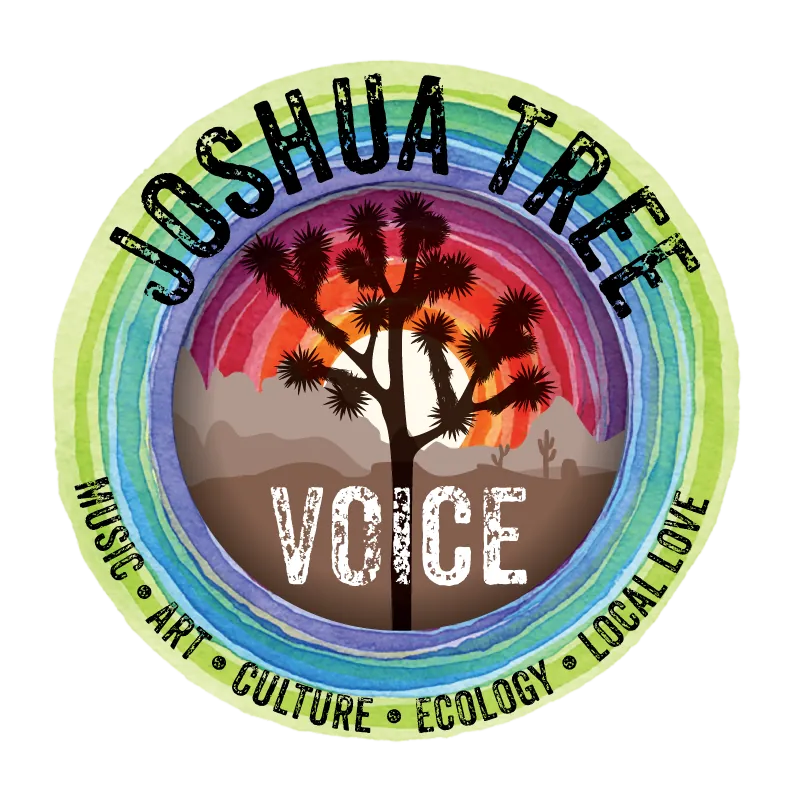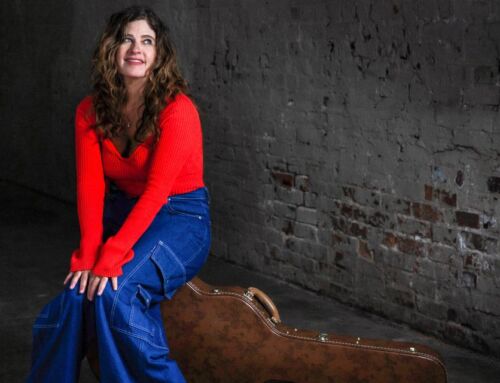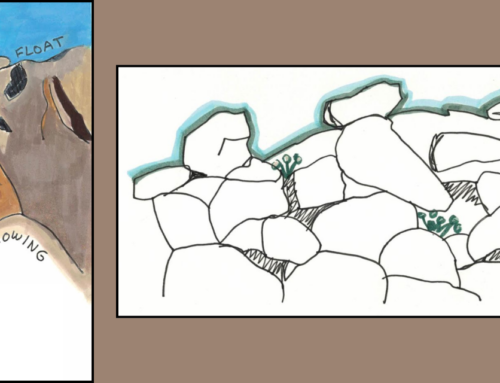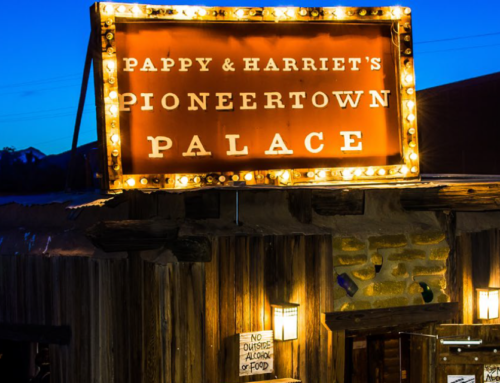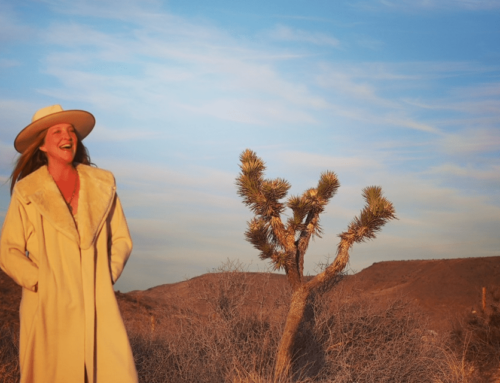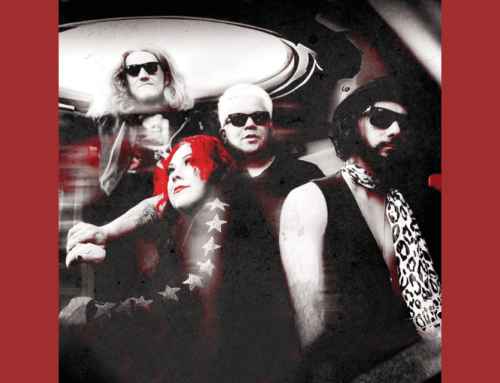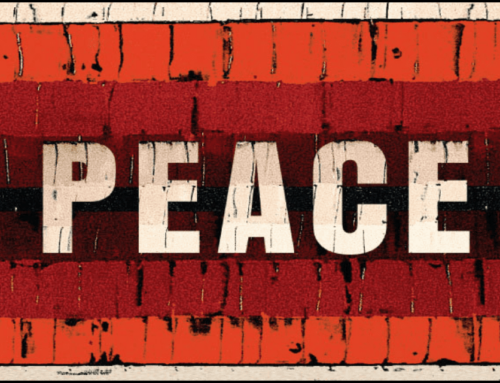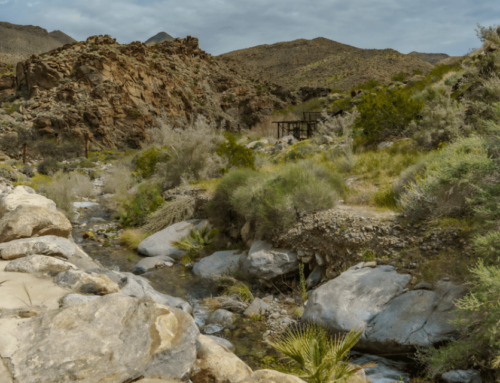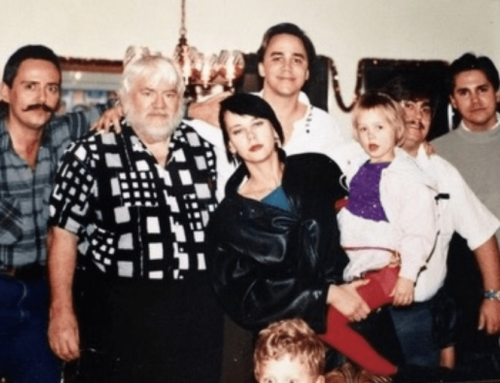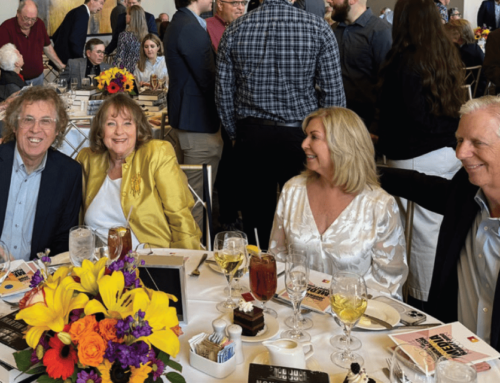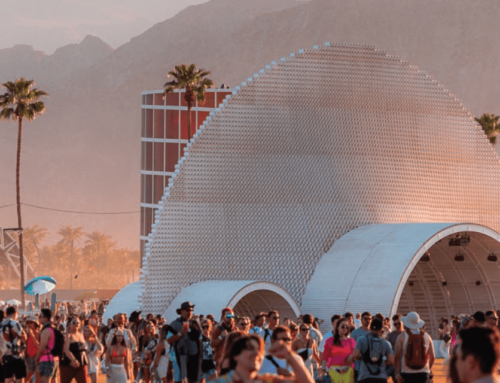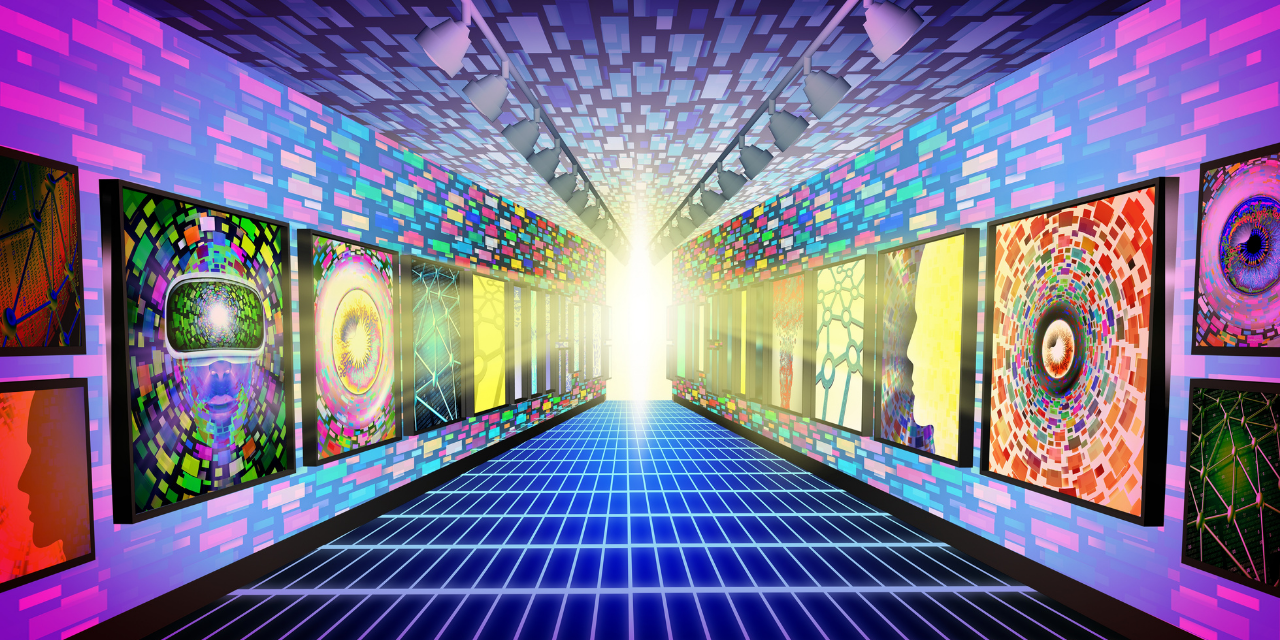
NFT for Newbies
By Juan Thorp
Let’s start with the basics. The general definition:
NFT stands for non-fungible token, implying that it is a one-of-a-kind digital asset that is only yours. While artwork and music are now the most popular NFTs, videos – and even tweets – are all acceptable. Disclaimer: I am a seasoned artist, exhibiting my paintings for many years in galleries and museums throughout Southern California. I’ve never felt like such a beginner as when I first stepped into the world of NFTs. It’s exhilarating. It’s a clean slate, a fresh start, a new audience, a new venue, a new exhibition space, and a new opportunity.
“This is not financial advice.”
“Do your own research.”
These common utterances, widely used in the NFT community, apply here. This concept is new and still evolving rapidly. Writing from an artist’s viewpoint, I’ll share what I have learned, and what questions I still have. I have listed a handful of NFTs and have sold just a few, participating since October of last year. I’ll teach you what I know, but we’ll be learning together.
What is an Art NFT? The easy answer: a piece of digital art that can be sold on the internet. As an artist, an NFT is a work of art. It is an original piece, created by either taking a picture or scanning an original painting, or a piece that is drawn digitally on your computer or phone using an app like Procreate. There is little difference whether it’s digital or traditional. As an artist, you must be creative, true to your style, and be willing to put it all out there.
Do you enjoy going to art openings – mingling with artists, collectors, seeing a body of work for the first time? These are taking place in the virtual world; only the wine, cheese, formal wear, and posh surroundings are replaced by pajama pants, your couch, and your choice of snacks.
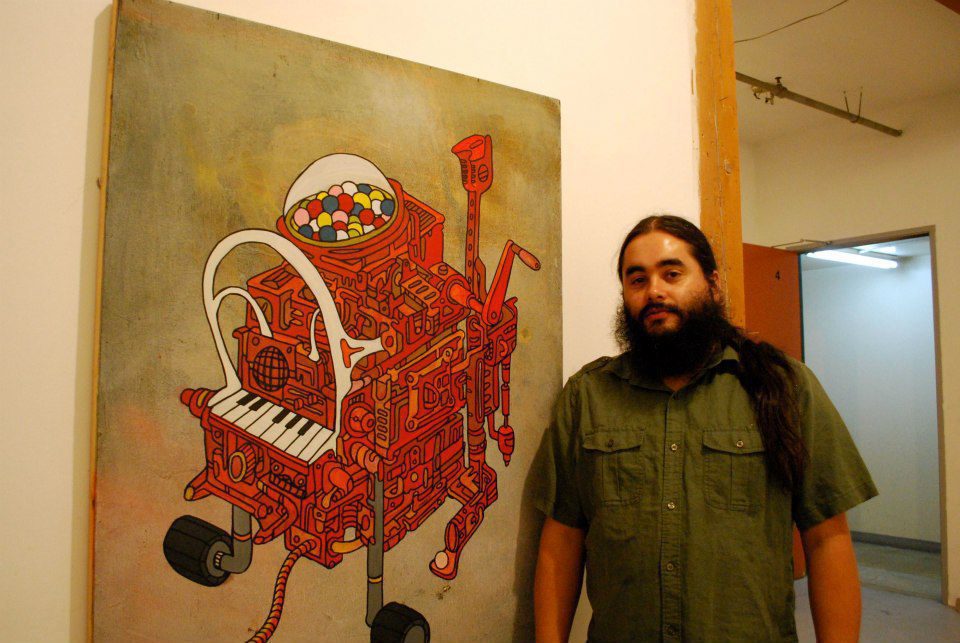
For artists, it looks like this: You’re working on your art for an upcoming exhibition, let’s say 6 months from now. Instead of paintings, you will be exhibiting your latest NFTs. Instead of brushes, paint, and canvas, you are drawing on your iPad. The exhibition space is a mint page, your website, or online auction. Instead of an email list, postcards, and Facebook posts, you are promoting on Instagram, Discord, and Twitter. When the day of the opening (or drop) finally comes, your audience is from all over the world, not just locals or regulars to the brick-and-mortar gallery. In the online world, having thousands of viewers looking at your new work is the norm, with the potential of millions from all over world. Just like a real opening with sales happening that day, your art could potentially sell out in minutes on drop day. It happens all the time.
In the NFT space, the possibilities are endless, the rules are not set, anything goes. The basic NFT for artists is very straightforward: mint (list) an image of your art, promote it, sell it. After that basic starting point, NFTs become more complex. 10K projects consist of 10,000 NFTs created randomly with the help of algorithms that include rarity traits. Art created with the aid of artificial intelligence is prevalent, and here to stay.
NFTs can mutate. NFTs can be characters you can play in a game, or NBA cards that play a video replay of a steal or dunk by your favorite player. Video art is not new, but never has it had such a nurturing environment to grow, become accepted, and be collected.
Music NFTs are still early, but some artists have already sold albums and songs. This creates a huge opportunity for musicians, allowing us to buy a song directly from the artists we love! NFTs are tracked, so anyone can see who owns what. The provenance is there. And when an NFT is resold for a second or third time, the artist gets royalties on the sale.
Billboard.com reports that over the past three years, music executives have shown a growing interest in blockchain because of its far-reaching application potential, “Blockchain-based NFTs, which have already been issued by 3LAU, Brandi Carlile, Snoop Dogg, Haleek Maul, and the Recording Academy, could become the de facto method for in-app purchases in the virtual world. This means the music industry has already taken a step across the next threshold of digital consumer technology.” *
What are you buying when you purchase an NFT from your favorite artists? You are buying a share in the artist’s stock; you are supporting them directly. This is another venue for an artist’s career. It’s not a gimmick. Artists have a reputation. That reputation is a powerful tool that can be used to build a community of collectors, friends, other artists, investors, all for the sake of their art. Community is huge in NFT, and the people are there to help, support, educate, and give opportunity.
Are you in? The process of minting (or purchasing) NFTs is complicated at first and may deter some people early on. Here’s a quick explanation of interacting with a blockchain. First, you will need to buy crypto. I used Coinbase.com; it’s one of the common crypto currency exchange platforms, and is easy to use. Your Coinbase account can be considered your crypto “bank”. Here you can buy, hold, and sell your different crypto currency or coins. Next you will need a wallet; the one you choose will depend on the blockchain you want to interact with. A wallet is created as a plug-in on your web browser. Now, when you browse marketplaces, you can connect your wallet to them, allowing you to spend your coin to mint or to purchase NFTs.
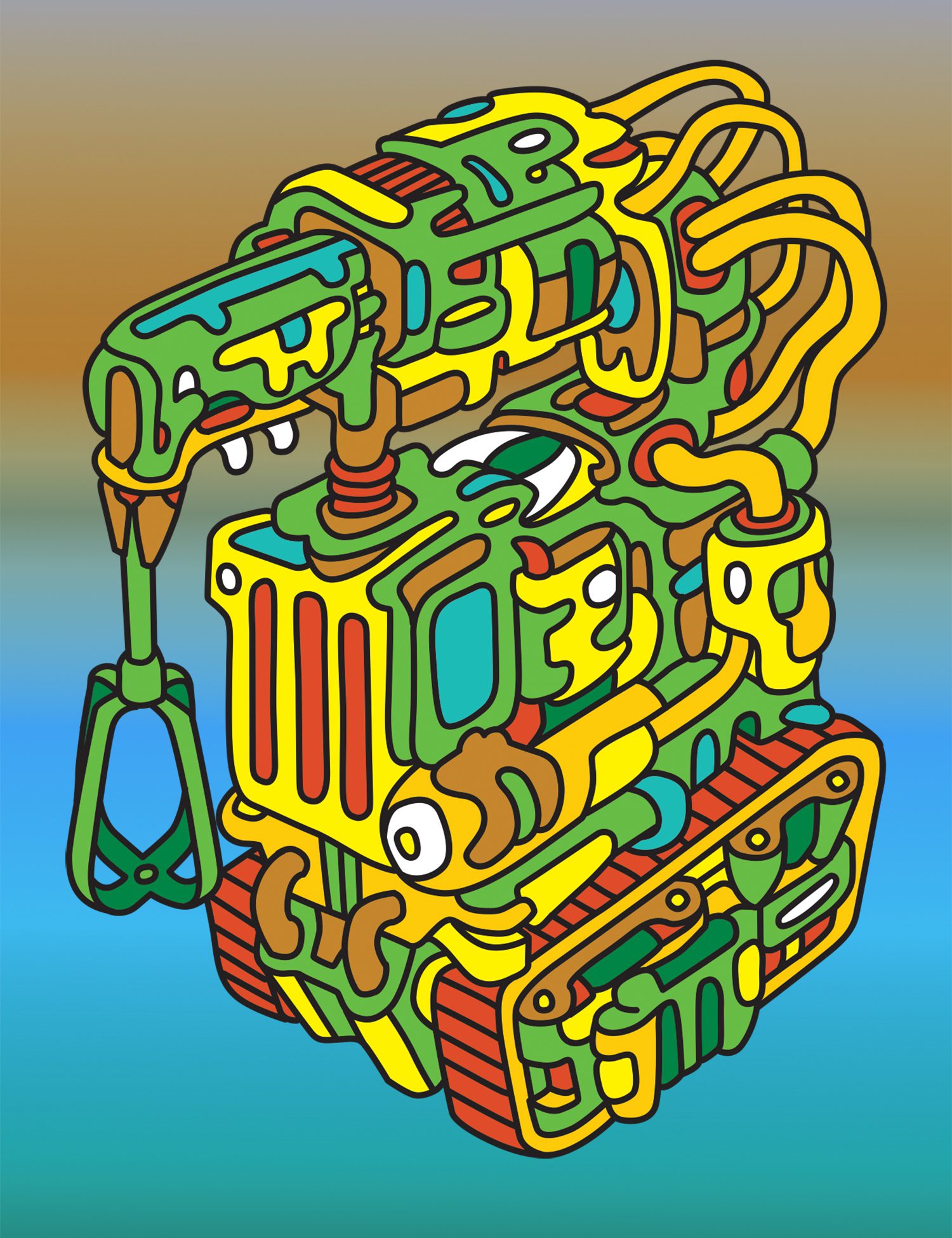
At this point, you may be ready to jump in, or at least join the community and start learning as I have. Like anything else, the more work and planning you put into it, the better you can expect the results to be. Take your time, come learn, come say hi.
Still a skeptic, not ready to digitize your art into an NFT? Even if you never look at an NFT, at least consider doing the following for online art presence. Create, upgrade, and claim your digital art identity. Build a website or make sure your current one is up-to-date. Check your Instagram, clean it up, add process videos, and change how you present your art to the world. Learn how to use the right hashtags, follow inspiring hashtags like #gouachepainting or #digitalart. Learn how to interact with the community through messages, tags, and comments. Create a fan page for your art on Facebook, so people will be able to follow you and see your progress. Use these tools to promote your exhibitions, share your latest work and ideas, and build your art brand. The future of Web 3.0 is still unclear, but many artists are getting ready, building a stronger brand, and taking control of their digital art identity. Why not learn to better promote your art? Why not expand your audience? Why not be ready? No one knows what’s coming next. Be ready.
Follow me: thorpart.com and @thorpart on Twitter and Instagram
Glossary of NFT Terminology:
1 of 1: A unique NFT with only one copy, like a painting versus an edition of multiple prints.
Blockchain: the digital ledger where everything is coded, tracked, and encrypted.
Crypto: Cryptocurrency, or digital currency you can buy, sell, trade.
Discord: A web forum that allows your community to join, to see announcements, previews, contests, giveaways and more.
Drop: A new listing. You promote your drop day, to get people exciting about your new NFTs. Like an art show opening.
Hashtags: follow these so they show up on your feed. #nft #nftart #nftcollector
Onboarding: Someone who is already in the know who helps with a walkthrough or answers questions you may have, like this article.
Platform/Marketplace: the program or website you use to add your NFTs to the block chain. Examples: opensea.io lists to the Ethereum blockchain. Exchange.art lists to the Solana blockchain.
Mint: To list an NFT on a blockchain.
Metaverse: The internet, the online universe.
NFT: non fungible token, a unique digital asset.
Shill: To pitch your NFT project, usually in a Twitter Space, in a room full of other interested artists and collectors.
Twitter Space: A live audio chat room that anyone can join. You can request to speak to ask questions or shill your NFT. Sales are common here.
Web 3.0 or Web3: the future of the internet. Think Ready Player One. The NFT market itself is considered web 3.0
* https://www.billboard.com/pro/blockchainfuture-in-the-music-business/
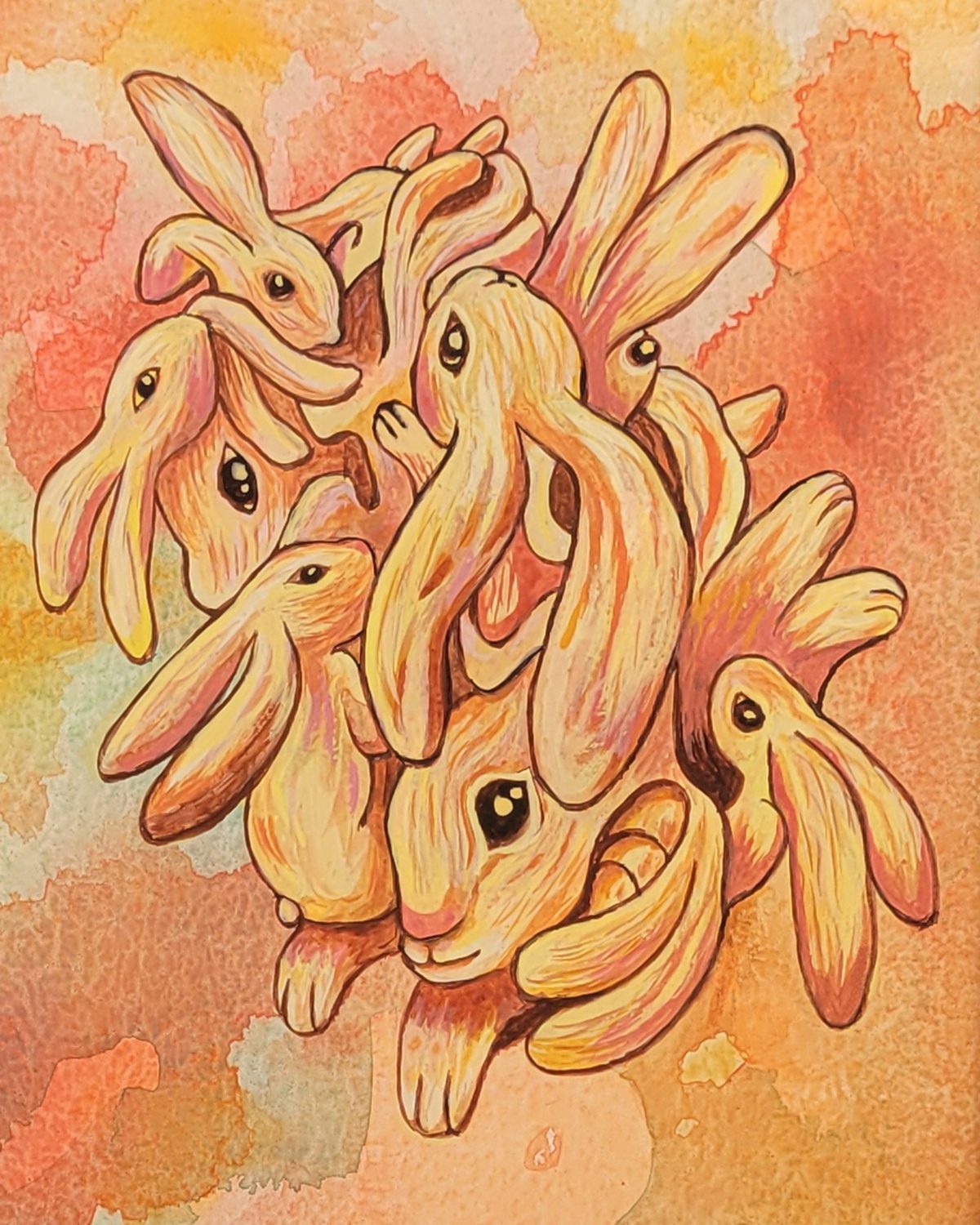
About the author: Juan Thorp is an abstract artist working in mostly acrylic paint and drawing. He studied fine art at the University of Cal Poly Pomona and received his BA in Fine Art. He and his wife, Susie, own Desert Peach and Crayon Cannon, a Gallery/Store and a Design/Sign Shop in Yucca Valley. “Life is busy, but art is important,” he says, so he makes time to work in his home studio in Rimrock. Follow Juan on Instagram @thorpart to see his latest art, funny cat videos, and to follow his NFT.
journey.www.thorpart.com www.crayoncannon.com
Important Note from the Publisher: JTV encourages readers to exercise due diligence regarding cryptocurrency-based exchanges and to fully understand the risk assumed in any cryptocurrencybased investment.
